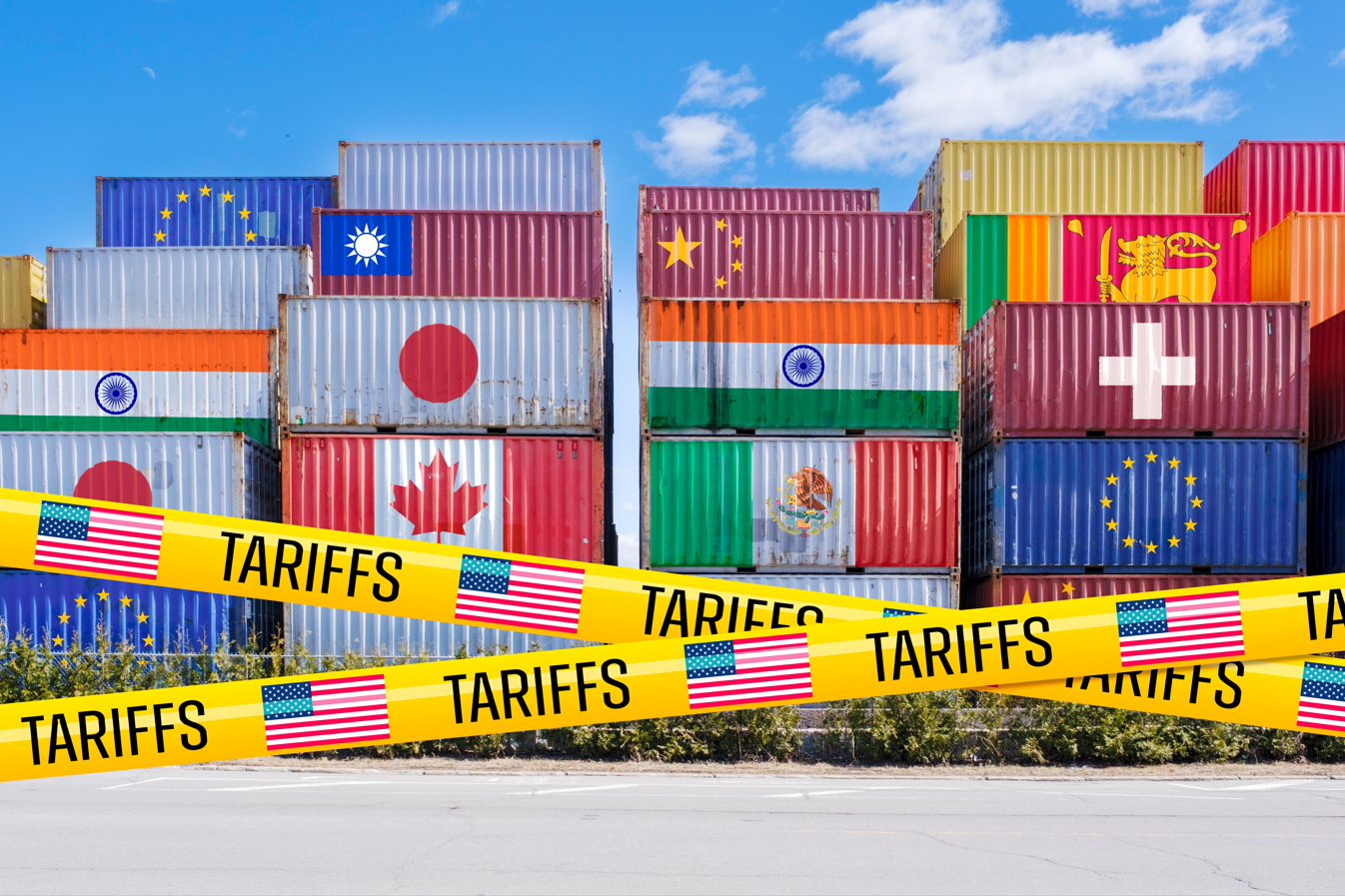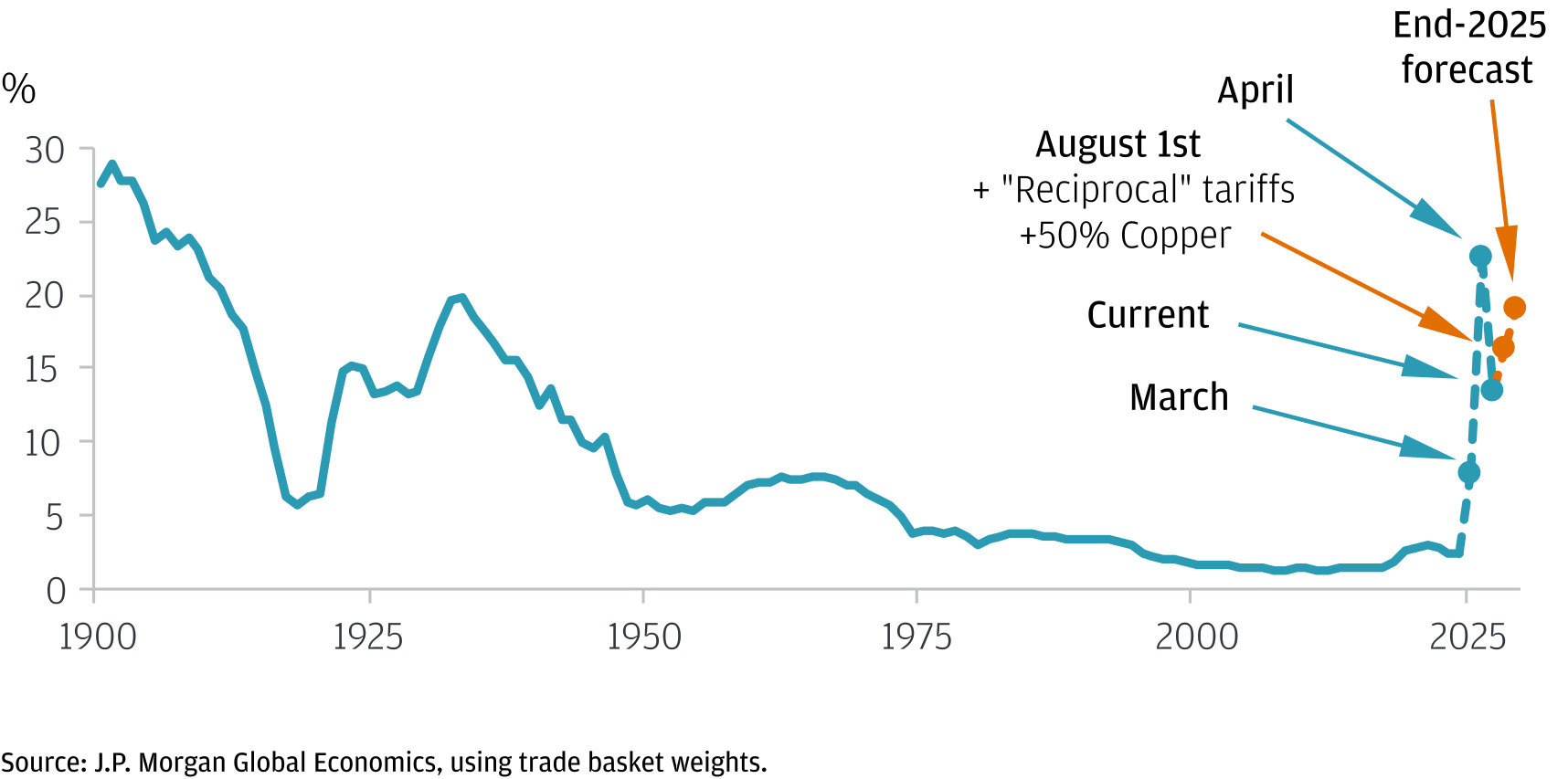Prohibitive penalties on the poorest countries threaten to destabilize these fragile economies and deprive tens of millions of poor people of their livelihoods. Trump’s tariffs are not only unjustified, but also immoral. And this is just the tip of the iceberg.

Over the past few months, I have been shocked time and again — and have found myself in utter disbelief — by U.S. President Donald Trump’s tariff policy and his approach to pushing it through.
Trump justifies the tariffs by saying that they level the playing field. But the fact is that it was the United States that led the creation of a set of global trading rules and institutions that favor Uncle Sam and America’s Western allies. These rules perpetuate U.S. hegemony as the dominant force in the global economy and trading order, something that has largely remained intact since the end of the Cold War.
According to the World Bank, the GDP of the United States accounted for 26.3 percent of all global output in 1990. The U.S. economy has since expanded nearly fivefold, and its share of global economic output stood at 26.2 percent in 2024.
Had his complaint been reasonable and justified about an uneven playing field, Trump should have taken it to the World Trade Organization. He could have had recourse to the organization’s trade dispute settlement system, which is specifically designed to address members’ concerns. But Trump bypassed the WTO and opted for bilateral talks. The reason? He was convinced that by leveraging the economic clout of the world’s largest market he would surely triumph in any trade negotiations on a one-on-one basis. So now he wields the cudgel of tariffs like no one has even done or probably imagined.
Trump’s 10 percent baseline tariff exceeds the 8 percent average tariff rate for developing members of the WTO. And it applies to practically every U.S. trading partner, including those with trade deficits with America.
U.S. average tariff rate

Reciprocity in Trump’s tariffs?
In pursuit of his tariff goals, Trump did not even spare America’s trading partners under its free trade zone agreements. He was quick to dump the USMCA, which was concluded under his watch between the U.S., Mexico and Canada. Singapore may be forgiven for feeling frustrated and resentful toward the Trump administration. When the White House slapped a 10 percent tariff on its exports to the U.S., the United States-Singapore Free Trade Agreement was fully in effect, and the city-state ran a trade deficit with Uncle Sam.
Trump’s terms for America’s major trading partners are nothing short of egregious. His deals are anything but balanced. He compelled the European Union, the Philippines, Vietnam and Indonesia to accept zero tariffs on U.S. imports while slapping 15 percent or more tariffs on their goods. Moreover, he extracted enormous non-tariff concessions. He pressed Japan to set up a $500 billion fund, which, according to the president, the White House would control and would “receive 90 percent of the profits.” He also committed the EU to investments of $650 billion in the U.S., the purchase of $750 billion of energy products over three years and additional procurement of U.S. weapons.
As for the world’s poorest nations, Trump has similarly shown no mercy. He punished them with some of his highest tariff rates: 50 percent for Lesotho, 49 percent for Cambodia, 48 percent for Laos, 47 percent for Madagascar, 45 percent for Myanmar and 37 percent for Bangladesh. The prohibitive tariffs threaten to destabilize these fragile economies and deprive tens of millions of poor people of their livelihoods. It is fair to say that Trump’s tariffs are not only unjustified, but also immoral.
Consequently, the average U.S. tariff rate surged from a little over 2 percent in January to roughly 17.8 percent in May, according to Yale’s Budget Lab. This figure compares starkly to the 3 percent for developed WTO members as a whole in 2024 and places the U.S. among only four countries with tariffs above 10 percent and makes it the second-highest of all 166 WTO members.
Worse still, tariffs for Trump are not just a policy tool. They are also a weapon. He uses tariffs to extort resources from Canada, Mexico and China (allegedly to help with his fight against drug trafficking), to demand that the EU dismantle its value-added tax system and to pressure South Korea to set up a fund with the U.S. similar to Japan’s. His imposition of a 50 percent tariff on Brazil, a country that runs a trade deficit with the U.S., is widely believed to be a reprisal for the role of the Latin American country’s president, Luiz Inacio Lula da Silva, as the host of the BRICS summit, which called for the maintenance of the multipolar world order and criticized Trump’s trade policies. In what U.S. Treasury Secretary Scott Bessent called a revolution, “tariffs are a means to political ends” for Trump.
The way Trump pushes his tariff policy is appalling and cruel, to say the least. He revels in having U.S. trading partners eat out of the palm of his hand. In an extraordinary show of barbarism, he crudely described their eagerness to engage him for tariff relief as “kissing my ass.”
To force his negotiating counterparts to come to his terms, Trump employs a maximum pressure strategy by hiking tariffs arbitrarily as he pleases. To wit, he threatened to impose a 17 percent import duty on the Philippines on his “liberation day” and raised it to 20 percent on July 9. In the case of the EU, he announced his intent to impose a 20 percent duty in early April. However, on July 12 he informed the bloc that he would increase it to 30 percent.
As for some 150 other countries, he decided to just send out letters informing them of their respective rates, thus denying them a chance to make their cases for tariff concessions. His did not consider negotiating with them to be worthy of his time. Instead, he simply dictated.
What is more, Trump does not hesitate to crush any resistance. He threatened to double tariffs on countries that retaliated in kind, and he escalated import duties on China to 145 percent. He says he will increase the amount of retaliatory tariffs that other countries place on U.S. goods.
Trump’s high-handedness is also reflected in his approach to the multilateral trading system. During his first term in office, the U.S. singlehandedly paralyzed the appellate body of WTO’s trade dispute settlement system by hindering the appointment of judges. And to drive the last nail into the coffin of the organization’s highest court, the U.S. obstructed the passage of WTO’s annual budget with a proposal for cutting 90 percent of the budget of the dispute settlement system.
This time around, Trump is eviscerating the multilateral trading system with tariffs. He is destroying the WTO’s consensus-based decision-making mechanism by increasing tariffs without securing the consent of all other members, as required by the organization’s rules. And by charging WTO members different tariff rates, Trump has shaken its foundation — the most-favored nation principle — leaving the WTO in tatters.
